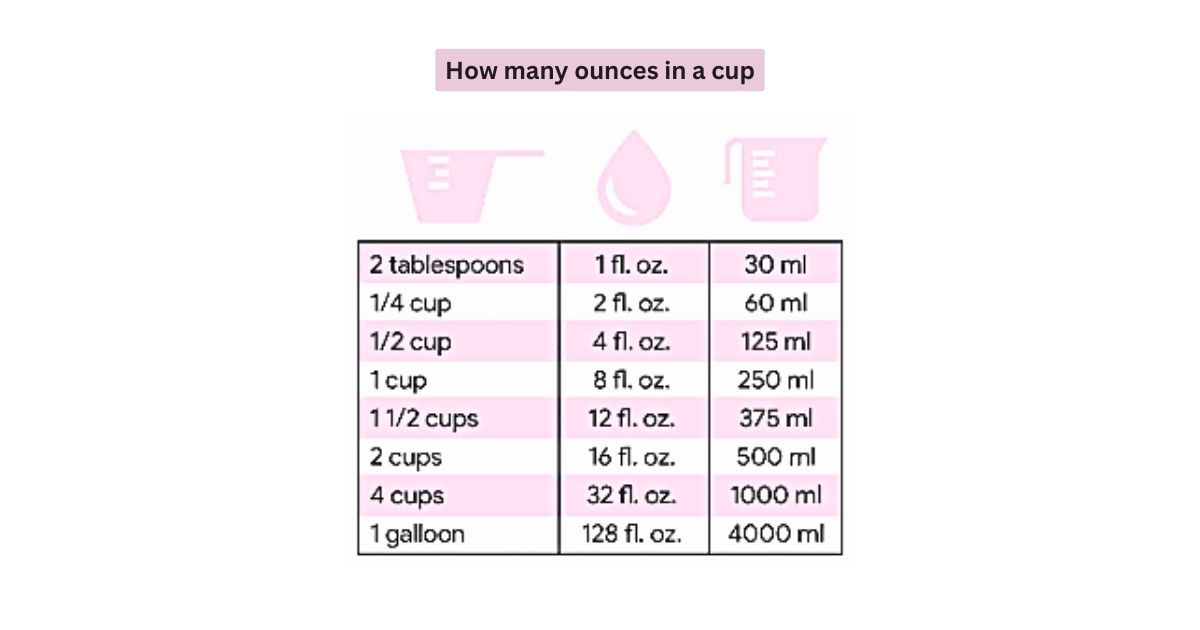How Many Ounces in a Cup? Conversions Calculator
In the realm of cooking and baking, precision is key. Accurate measurements ensure that your recipes turn out just right, with the perfect balance of flavors and textures.
One common dilemma many home chefs face is understanding the conversion between ounces and cups.
Whether you’re a seasoned cook or a kitchen novice, knowing how many ounces are in a cup is fundamental to successful culinary endeavors.
In this comprehensive guide, we’ll delve into the intricacies of this conversion, exploring the history of measurement systems, standardizing measurements, and providing practical tips for accurate and seamless cooking.
Calculator For How Many Ounces in a Cup
Ounce to Cups Convertor

